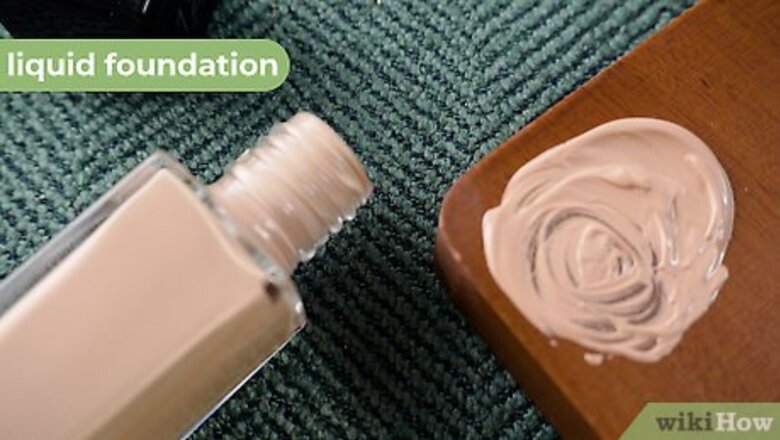
views
Choosing the Basic Ingredients
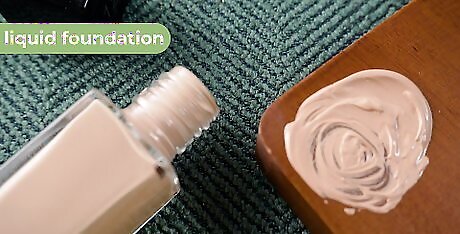
Select a liquid foundation that is 1-2 shades darker than your skin. The foundation color will get lighter after you dilute it with the other ingredients. To counteract that, choose a liquid foundation that is a few shades darker than you would normally use. Since you're diluting the foundation, you may want to choose a higher coverage foundation than you normally would. Foundation comes in light, medium, and full coverage formulas. If you want your BB cream to be sheer, light or medium coverage foundation will work well. For BB cream with a little more coverage, start with a full coverage foundation. If you can, go with a familiar brand that doesn’t irritate your skin.
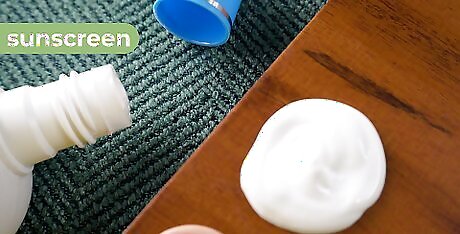
Choose a sunscreen formulated for the face with SPF 30 or higher. No matter your skin tone, you should wear sunscreen to protect your skin from the sun’s damaging rays! SPF 30 will work for most people, but you may want to consider using at least SPF 50 if you spend a lot of time in the sun or if you want more protection. Go with an oil-free sunscreen that's formulated for the face. If you use a generic body sunscreen in your BB cream, you may end up with a greasy look or clogged pores. Look for a sunscreen made with titanium oxide or zinc oxide. Try to avoid sunscreens made with trolamine salicylate, octinoxate, oxybenzone, and other chemicals.
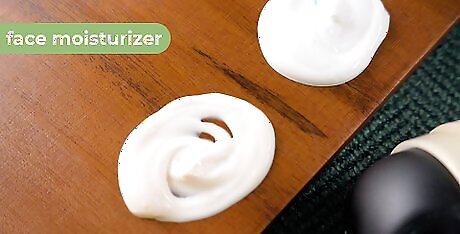
Grab your favorite face moisturizer. Any moisturizer—cream or liquid—will work for making BB cream, so go with something that you know works for you and reacts well with your skin. You can also go with a good face moisturizer that already includes SPF 30 and skip the additional sunscreen! If you aren’t sure about what kind of moisturizer to use for your skin, the general rule is that dry skin responds better to lotions and liquids and cream moisturizers are better for oily skin.
Adding Optional Ingredients
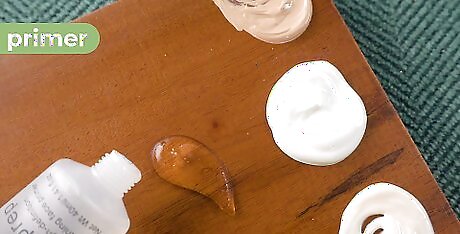
Add a primer or chafing gel for a smooth application. If you have a favorite makeup primer, consider adding that to the mix so that it goes on smoothly. Primer can also make the BB cream last a bit longer on the skin. If you don't have a standard makeup primer on hand, you can try experimenting with chafing gel instead. Chafing gels, like Monistat, are made to protect your inner thighs and bikini area from rubbing together uncomfortably. Ratios are totally customizable, but a good place to start is 2 parts moisturizer (if your moisturizer has SPF), 1 part primer, and 1/2 part foundation. If you're using a separate moisturizer and sunscreen, use 1 part moisturizer and 1/2 part sunscreen. Adding primer or chafing gel may improve the consistency and create a more matte finish. Keep in mind that chafing gel may cause breakouts if you have oily skin.
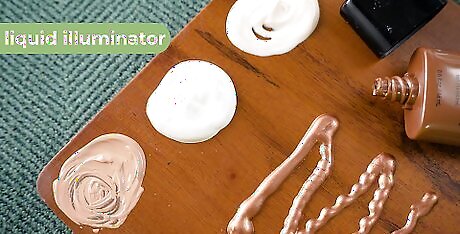
Include a liquid illuminator product for a dewy, highlighting effect. For glowing skin, consider adding a liquid illuminator. Illuminators come in a range of shades, so choose the one that works best for your skin tone. For example, if you have a light skin tone, try a champagne color that matches it. For other skin tones, you may want to experiment with peachy, pink, or golden illuminators. How much you use completely depends on the results you want. You may need to experiment to find your perfect mix! Consider starting with 1/4 part or 1/8 part.
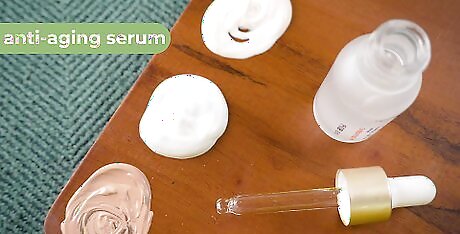
Add anti-aging serum to smooth the look of wrinkles and fine lines. The great thing about making your own BB cream is that you can mix many of your favorite skin care products together for fully customized results. If wrinkles are a concern, add a little bit of your favorite anti-aging serum to the mix. You will only need a tiny squirt of optional ingredients like serums, since you don't want to alter the consistency of the BB cream too much. Start with 1/8 part and work up from there. The exact amount you use really depends on the product you're using and the results you want. For example, a thin serum might make the BB cream too thin, so you'd need to use a very small amount.
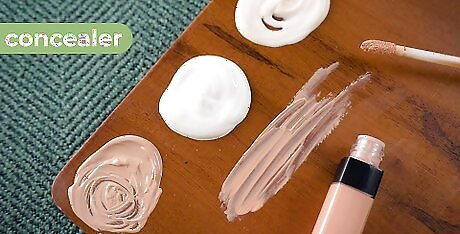
Consider using concealer for additional coverage. BB creams are pretty sheer, so if you want something that will even out your skin tone and hide problem areas better, consider using liquid concealer for coverage. You can use concealer instead of foundation for the most coverage, or just use a small amount alongside the foundation for less coverage.
Mixing the BB Cream
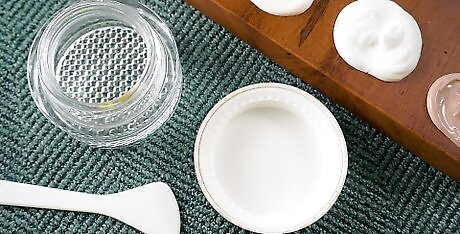
Find a small, airtight container and a stirring stick. You will only want to make about 1 ounce (30 ml) of BB cream at a time since it may dry out or change consistency after a few weeks. A clean, 1 ounce (30 ml) container will do the trick, or you can use something a little bigger. Emptied travel-sized shampoo containers and old, cleaned-out foundation jars are good options.
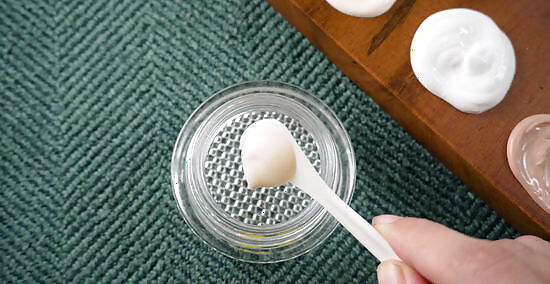
Add a coin-sized amount of moisturizer to your clean container. Starting with moisturizer is helpful since it's probably a white cream. Once you have the white base, you can mix in other ingredients to create the consistency and shade that you want. Ratios are going to vary depending on the results you want and the products you use. However, keep in mind that you'll be using more moisturizer than any other product. If you need more guidance, try this formula: 2 parts moisturizer, 1 part primer, and 1/2 part foundation. If you're using a separate moisturizer and sunscreen, use 1 part moisturizer and 1/2 part of sunscreen.
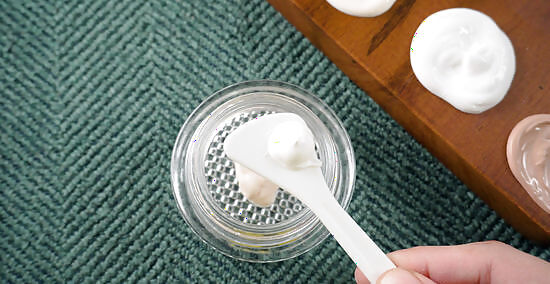
Add a marble-sized dollop of sunscreen to the container. If your sunscreen is separate from your moisturizer, you only need to use about half as much as your moisturizer. A marble-sized amount should work fine, but you can always customize it to your liking.
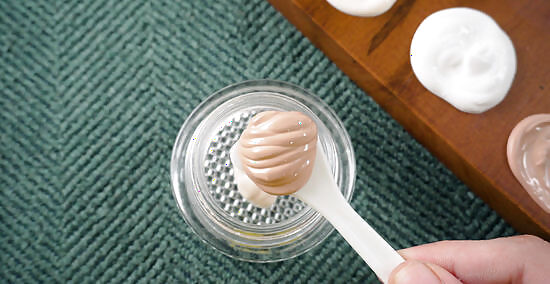
Stir in foundation to add color to your BB cream. The amount of foundation you add completely depends on the shade and coverage you want. Mix in a tiny dollop at a time, stir, and assess the shade. Then, add a little more, stir, and so on. Aim to use about 1/2 the amount of moisturizer you used. For example, if you used 2 tablespoons (30 ml) of moisturizer, try 1 tablespoon (15 ml) of foundation.
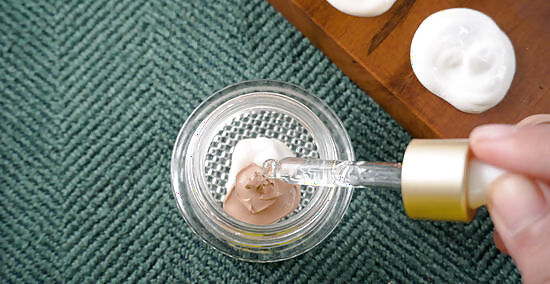
Add pencil-eraser sized dollops of your optional ingredients and stir well. Exact amounts will vary depending on what you're adding, but pencil-eraser sized dollops are a good place to start. Stir in each ingredient individually and assess the consistency and color before adding something else. Amounts will vary, but these ingredients should only make up a small portion of the BB cream. Be sure to stir all of the ingredients together thoroughly!
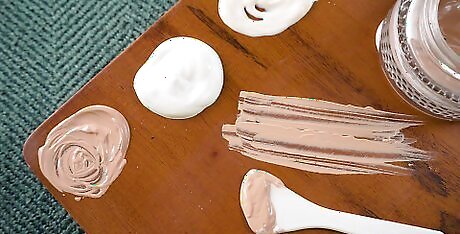
Test the color by applying the BB cream to your neck. Your neck is better than the back of your hand or your jaw for testing makeup shades because it has the most consistent coloring. Put a dab on your neck and rub it in to see how it will look. The BB cream should match your skin tone very closely and blend into your neck with no visible lines.
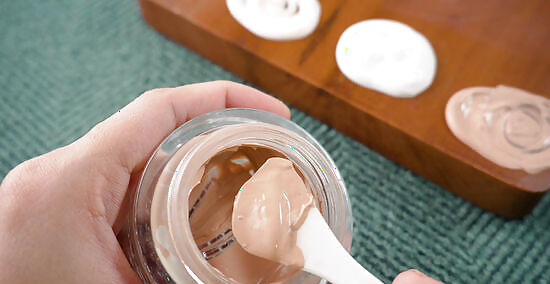
Adjust the color by adding more foundation or more moisturizer. Adding more foundation will darken the color of the cream and increase the amount of coverage you get. Adding more moisturizer will lighten the color and make the coverage more sheer. Stir in the products a little at a time and adjust as needed until you get the perfect shade. If you used a lot of foundation to get the shade you want, next time consider starting with a darker foundation. On the other hand, if the BB cream started way too dark, next time begin with a lighter foundation. You can also darken the BB cream and add a glow to your skin by adding a bit of bronzer. Start with a tiny amount and adjust until you get the color you like.


















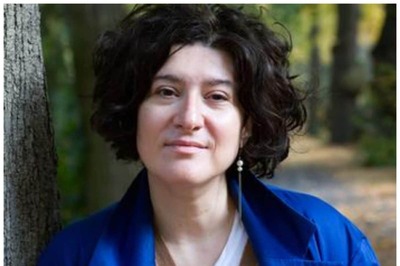

Comments
0 comment